The Green Push and the Cobalt Rush: Does Child Labour power your Tesla?
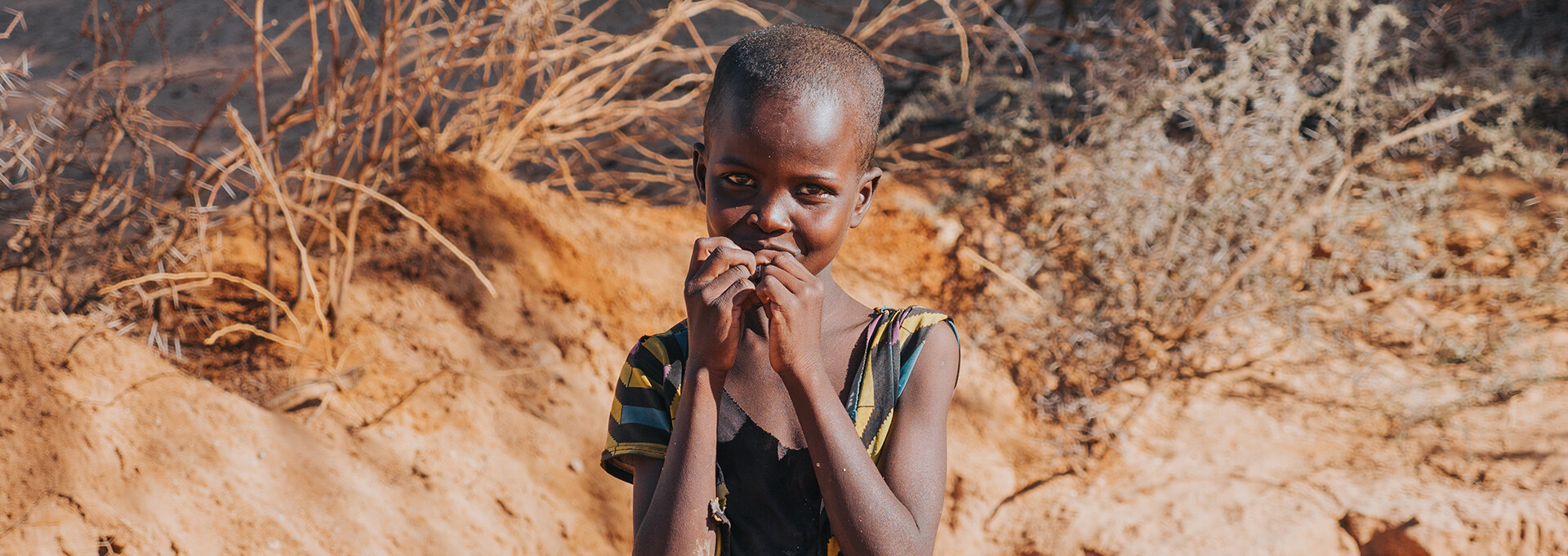
“Did you know the smartphone you’re using right now might well be powered by child labour? RT Documentary sheds light on the dark side of battery production – the main driver of this century’s green push. To learn more, tune in to the premiere of Cobalt Hell on Monday!
If the word cobalt hasn’t crossed your mind since high school chemistry classes, then it might well be high time. The modern world is becoming increasingly reliant on the mineral to produce batteries for phones, laptops, and electric cars. So there’s likely some cobalt in the device you’re using at this very moment.
With growing environmental concerns and an unprecedented green push we’ve witnessed, the demand for electrical products, mainly electric cars, has soared in the past years. So did cobalt prices. Seems like a good thing for cobalt producers.
But there’s one troubling point here. Cobalt is produced in various countries around the world. Still, most of the global supply is mined in one African country – the Democratic Republic of Congo (DRC) – a state with a long history of exploitation and child labour.
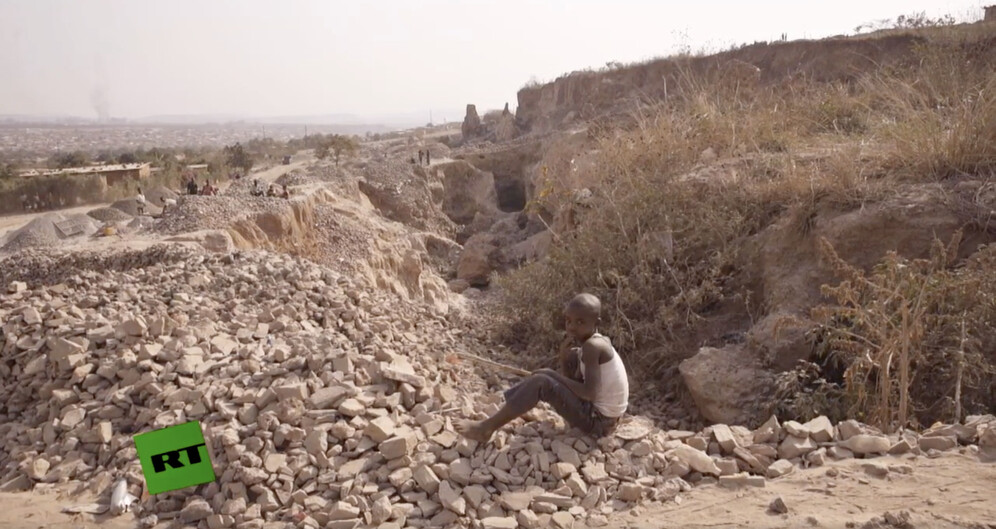
According to human rights organisation Amnesty International, growing demand has put miners in DRC under extreme pressure to boost production, which entailed tens of thousands of kids being forced into mining. The organisation’s researcher, Lauren Armistead, spent time in DRC and told ABC, “work in the cobalt mines was extremely hazardous, especially without the right protective equipment.”
“Often the children are not engaged in the mine pits themselves, but they will be engaged in tasks such as crushing, transporting, sifting and carrying heavy loads.”
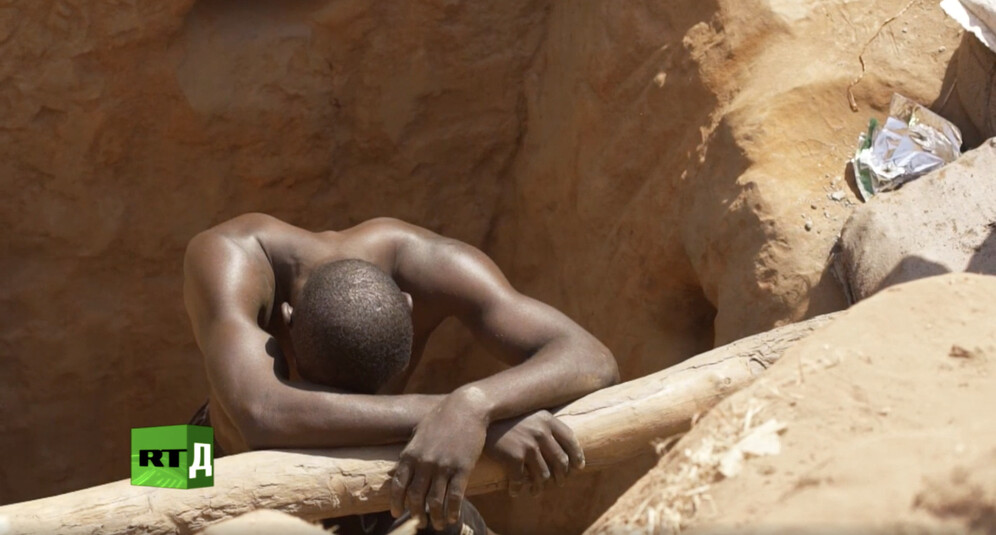
A new colonial game?
Outsiders exploiting the DRC’s natural resources follow the very familiar colonial-era path. The United States came to the impoverished African country searching for uranium to produce the nuclear bombs that destroyed Hiroshima and Nagasaki and then spent millions of dollars protecting their production interests in the country.
Today, with Congo being the world’s primary cobalt producer, the country is again in the spotlight as leading automakers commit to forgoing the internal combustion engine and transitioning to e-cars in the decades to come.

The quest for the DRC’s cobalt has demonstrated how the move towards sustainability and the green energy revolution, meant to preserve our planet for future generations, is caught in the vicious cycle of exploitation and greed, often putting commercial interests of Chinese and American companies above all else.
“The situation has changed considerably,” says Emanuel Konkova, executive director at African Resources Watch. “At first, from 2002 to 2007, 2008, 2009, mainly European companies mined minerals here. European companies were doing it. But then things changed. European companies sold their shares to Chinese enterprises.”

Increased cobalt mining has been allowed to meet soaring demand and advance the environmentalists’ cause. But, according to the International Energy Agency, if the high production rate continues, cobalt shortages might come as early as 2030.
Leave these kids alone
Yannick from Kolwezi, a city in the southern DRC, is a former child worker. At the age of seven, he dropped out of school and went to work in the mines.
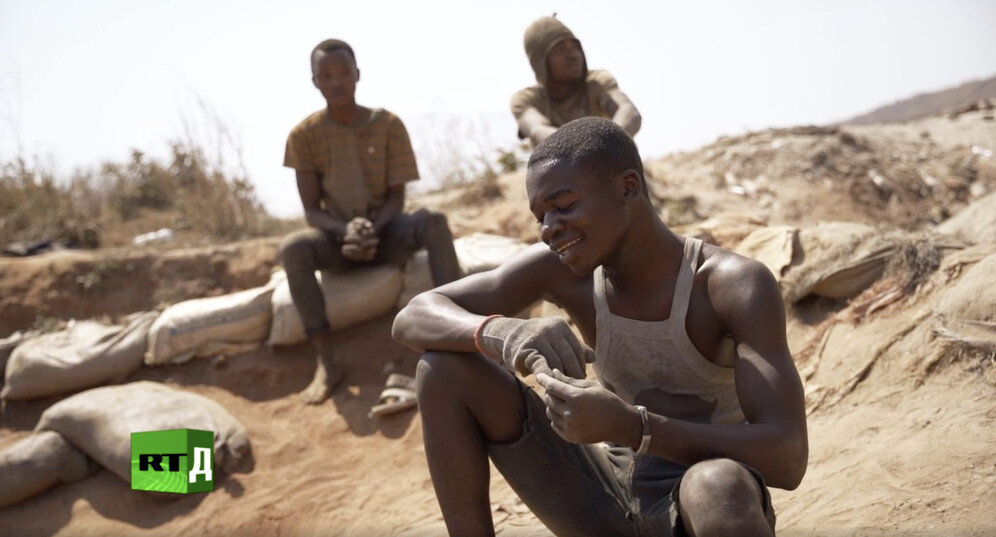
“When I was going to the mines, it was to look after my family because there was a lot of suffering,” Yannick says. “I gave up on studying to help my mother — she was sick, my father was dead, and his family did not look after us.”
“People died in the mine, and you could suffocate when you are deep in the mine,” Yannick continues. “When we were working there, and when someone hurts himself, we could not even look at him — the person had to go and get treated on his own, as we were there to work.”
In 2019, some of the world’s major tech companies, including Apple, Alphabet (the parent company of Google), Microsoft, Dell and Tesla, were taken to court in Washington DC by 13 Congolese families, whose children allegedly died or were severely injured while mining cobalt in the DRC.
Siddharth Kara, an expert on modern-day slavery, estimates there are “more than 255,000 creuseurs mining cobalt in DRC, at least 35,000 of whom are children, some as young as six.” His research claims “children under the age of 14 earn an average of $0.81 per day, adult females earn an average of $1.02 per day, and adult males earn an average of $2.04 per day.”
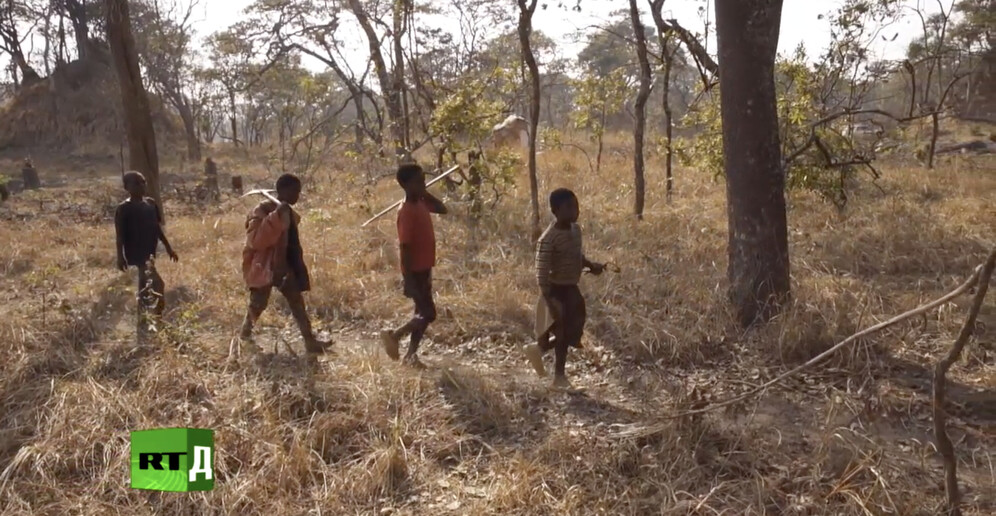
According to UNICEF estimates from 2014, 40,000 children were toiling illegally in Congolese mines. However, taken the increase in global demand, these numbers could be underestimated.
“Today, a lot of children work in quarries, says a local doctor interviewed by RT Documentary. “So, we have children; we have pregnant women.”
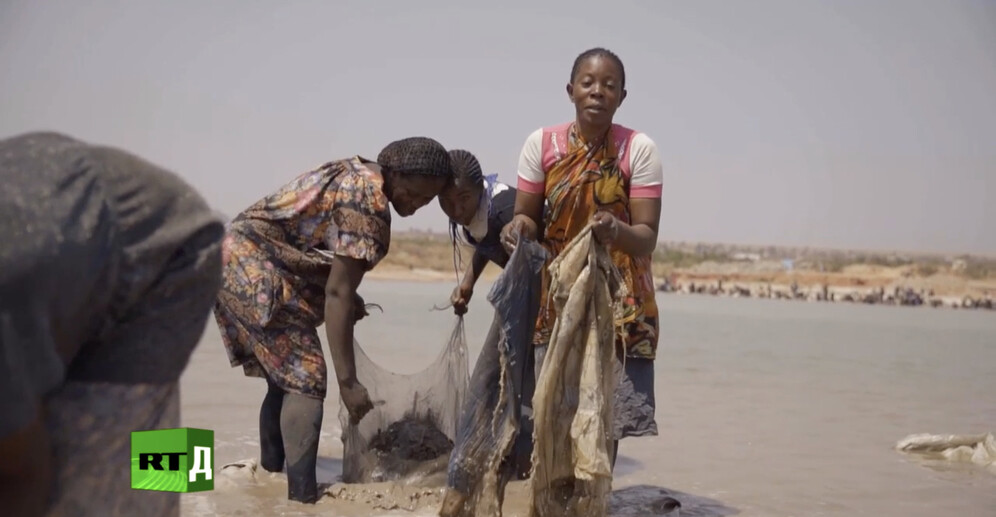
The state has prohibited pregnant women from working in the mines. But the poor conditions make working in cobalt production the only option for them to survive.
Anrietta is a mother of four. She usually gets up at 5 a.m., does the household chores, cooks for her children. Then she has to go to the quarry to work. Her husband is unemployed, so she is the only breadwinner.
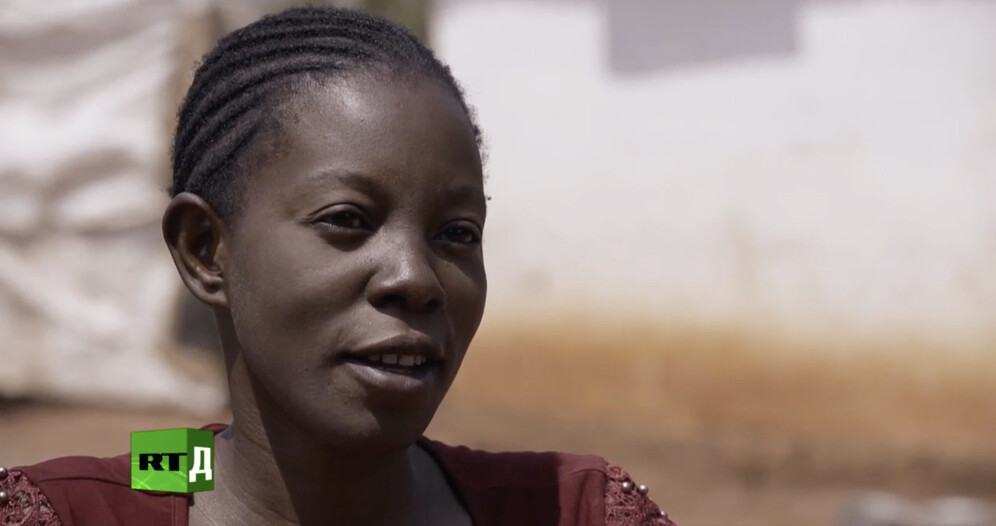
Anrietta gets back at 3 p.m. to finish the housework and feed her kids. She usually earns $15–25 a day and pays 15,000 per child for school and 21,000 for public services fees.
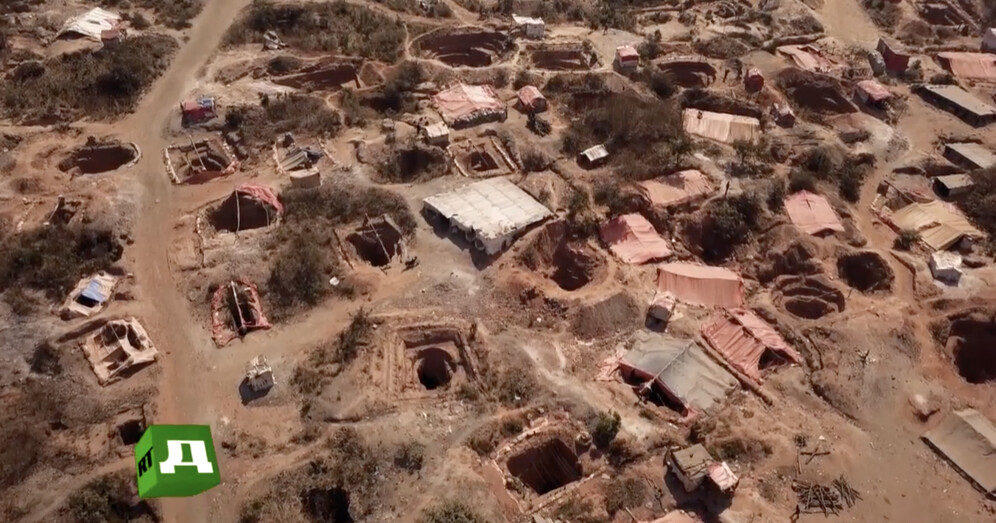
Did you like the story? Don’t miss the premiere of Cobalt Hell on Monday and learn more!